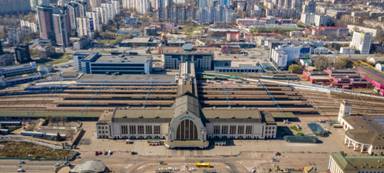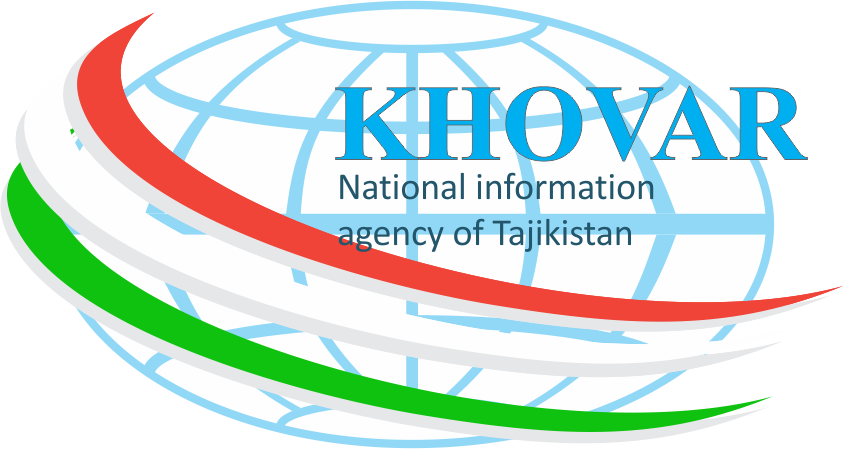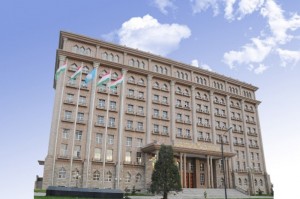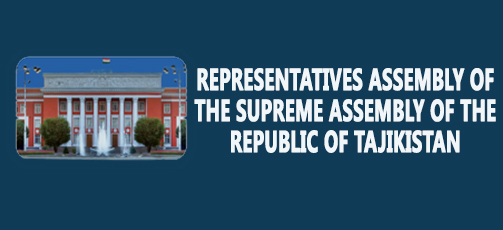UN Intends to Help Tajikistan to Reduce Greenhouse Gas Emissions
Read also

DUSHANBE, 27.04.2021 (NIAT Khovar) – Under the auspices of the UN Economic Commission for Europe, a project has been launched to improve energy efficiency in construction in seven countries, including Armenia, Georgia, Kyrgyzstan, Moldova, Tajikistan, Ukraine and Uzbekistan.
The construction industry currently accounts for 40 percent of global CO2 emissions from energy and manufacturing processes. In order to drastically reduce emissions by 2050, it is necessary to halve direct CO2 emissions by 2030.
The new project is designed to facilitate the construction of highly efficient buildings, to establish supplies for the construction of energy-saving materials, technologies and equipment.
The project also aims to link the benefits of energy efficient buildings to nationally determined contributions to combating global warming and promoting sustainable development. It is not only about saving energy during construction, but also about maintaining energy efficient building management practices at the end of the project.
“If there is one area where the world could take decisive action to achieve the goals of the 2030 Development Agenda, it is to make the global construction industry more efficient,” said UNECE Executive Secretary Olga Algayerova.
According to her, financing the construction of high-performance buildings and upgrading existing ones can quickly revitalize the local economy, create decent jobs throughout the construction industry chain, and improve living conditions for many.
The authors of the project hope that the initiatives, solutions, methods and tools provided for in it can be used in other countries of the region, including in the framework of international supplies in the construction sector.
In recent years, greenhouse gas emissions from the construction industry associated with energy and manufacturing processes have been on the rise. This is partly due to the move away from coal, oil and conventional biomass and the switch to electricity. However, fossil fuels are still largely used to generate electricity, which leaves a large carbon footprint.
Experts urge authorities to support building renovation projects, channel investments in low-carbon infrastructure and support companies that provide energy-efficient materials and green jobs.
Today more than 55% of all inhabitants of the planet live in cities. By 2050, 75% of the world’s population will be urban. The rapid growth in the number of urban residents opens up new opportunities, including in the field of industrialization, but, at the same time, it leads to environmental pollution.
Therefore, the decisions that will be made in the coming decades regarding urban infrastructure, including the construction of energy-efficient buildings, will have a decisive impact on the future of humanity.
The first biennial report of Tajikistan on the inventory of greenhouse gases under the United Nations Framework Convention on Climate Change (2018) states: “Subject to substantial international funding and technology transfer, the potential for reducing greenhouse gas emissions in Tajikistan can provide 65-75% of the 1990 level by 2030, which is 1.2-1.7 tonnes in CO2-equivalent per capita. This will become possible with the implementation of investment projects and national programs in the field of energy, transport, agriculture and forestry and water resources management, reducing the risks of natural disasters, building and diversifying renewable energy sources, and reducing energy losses; modernization, introduction of new technologies and development of economic sectors.”
Earlier the UN News Service reported that in order to reduce greenhouse gas emissions, President Emomali Rahmon in a roundtable discussion at the 3rd World Climate Conference in Geneva in 2009 proposed to actively develop the hydropower resources of Central Asia.
“There is an urgent need to take urgent measures to develop and master renewable energy sources and energy efficient technologies that reduce the level of dependence on traditional types of energy that cause enormous damage to the environment,” said he.
He emphasized that the bulk of greenhouse gas emissions comes from industry and energy. In Central Asia, about 70% of the electricity generated comes from thermal power plants, which annually emit millions of tonnes of greenhouse gases into the atmosphere.
“This is at a time when the region has a huge hydropower potential, which is currently only used by 10%. Only in Tajikistan, the annual potential hydropower resources amount to more than 527 billion kWh, which is three times higher than the current needs of all Central Asian countries,” added President Rahmon.
Their development will allow not only to reduce emissions of carbon dioxide into the atmosphere, but also to generate environmentally friendly and cheap electricity, which in turn makes it possible to count on receiving carbon credits under the terms of the Kyoto Protocol.
He added that the country has embarked on a comprehensive development of the existing hydropower potential, which will cover not only growing national needs, but also the needs of neighboring countries.
“I would like to note that out of more than 200 countries, Tajikistan ranks 150th in terms of specific emissions of carbon dioxide — in the group of countries with the lowest volumes of greenhouse gas emissions. Greenhouse gas emissions per person in Tajikistan are an order of magnitude less than the world average, and in Central Asia, the country ranks last in terms of emissions. This is mainly due to the use of hydropower. More than 95% of the country’s energy is produced by hydroelectric power plants, which, unlike thermal plants, are not sources of harmful emissions,” he said.











 New Ambassador of Tajikistan presents copies of his credentials to the head of protocol of the US State Department
New Ambassador of Tajikistan presents copies of his credentials to the head of protocol of the US State Department UN General Assembly adopts Tajikistan’s resolution on International Year of Legal Literacy, 2027
UN General Assembly adopts Tajikistan’s resolution on International Year of Legal Literacy, 2027 Dushanbe to host International Conference on Water for Sustainable Development in 2026
Dushanbe to host International Conference on Water for Sustainable Development in 2026 Tajikistan, China discuss future cooperation prospects
Tajikistan, China discuss future cooperation prospects Tajikistan, WB discuss cooperation in energy sector
Tajikistan, WB discuss cooperation in energy sector Central Asian Foreign Ministers and Nordic discuss current state and prospects of cooperation agenda
Central Asian Foreign Ministers and Nordic discuss current state and prospects of cooperation agenda Tajik FM addresses OSCE Ministerial Council, calling for expanded cooperation in major challenges
Tajik FM addresses OSCE Ministerial Council, calling for expanded cooperation in major challenges Tajikistan and Hungary to strengthen educational connections and programming
Tajikistan and Hungary to strengthen educational connections and programming Tajikistan, Iran reaffirm commitment to strengthen bilateral friendly relations
Tajikistan, Iran reaffirm commitment to strengthen bilateral friendly relations Tajikistan, China hold first strategic dialog in Dushanbe
Tajikistan, China hold first strategic dialog in Dushanbe Tajikistan Expresses Concern Over Inclusion of Certain Banks in EU Sanctions List
Tajikistan Expresses Concern Over Inclusion of Certain Banks in EU Sanctions List Tajikistan, Italy discuss Action Plan for 2026–2027
Tajikistan, Italy discuss Action Plan for 2026–2027














